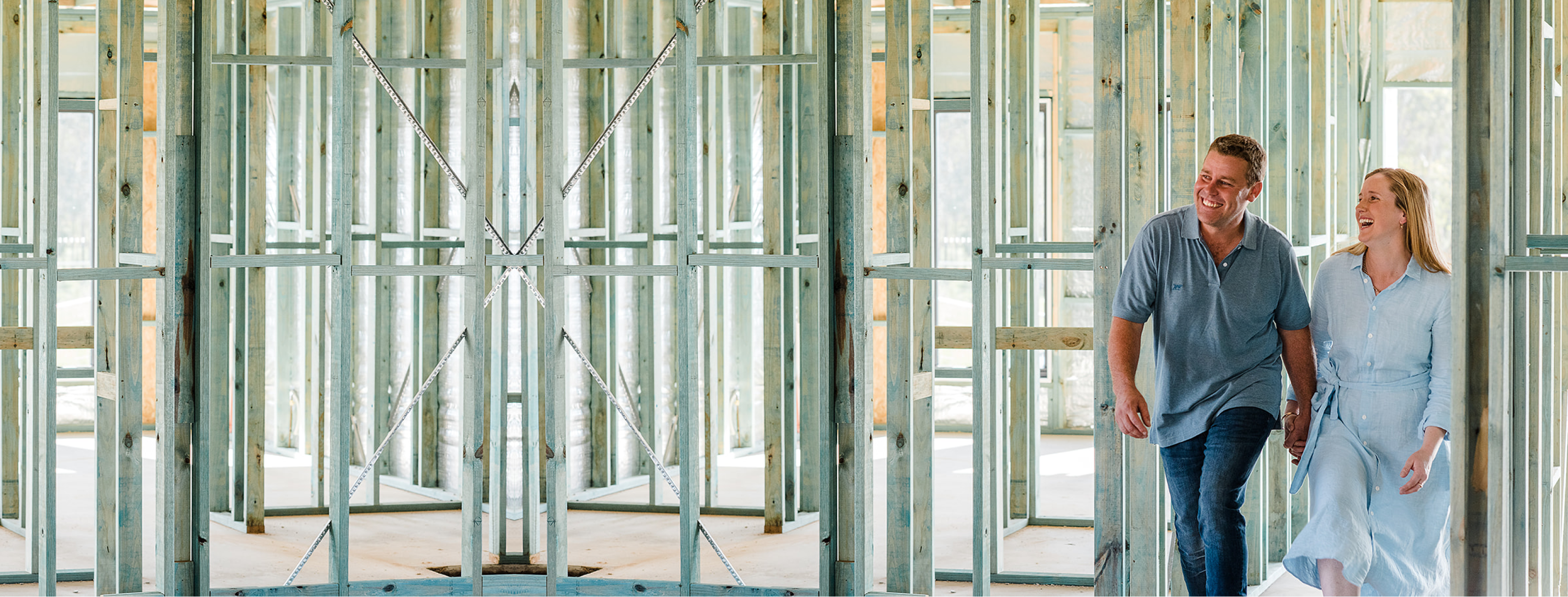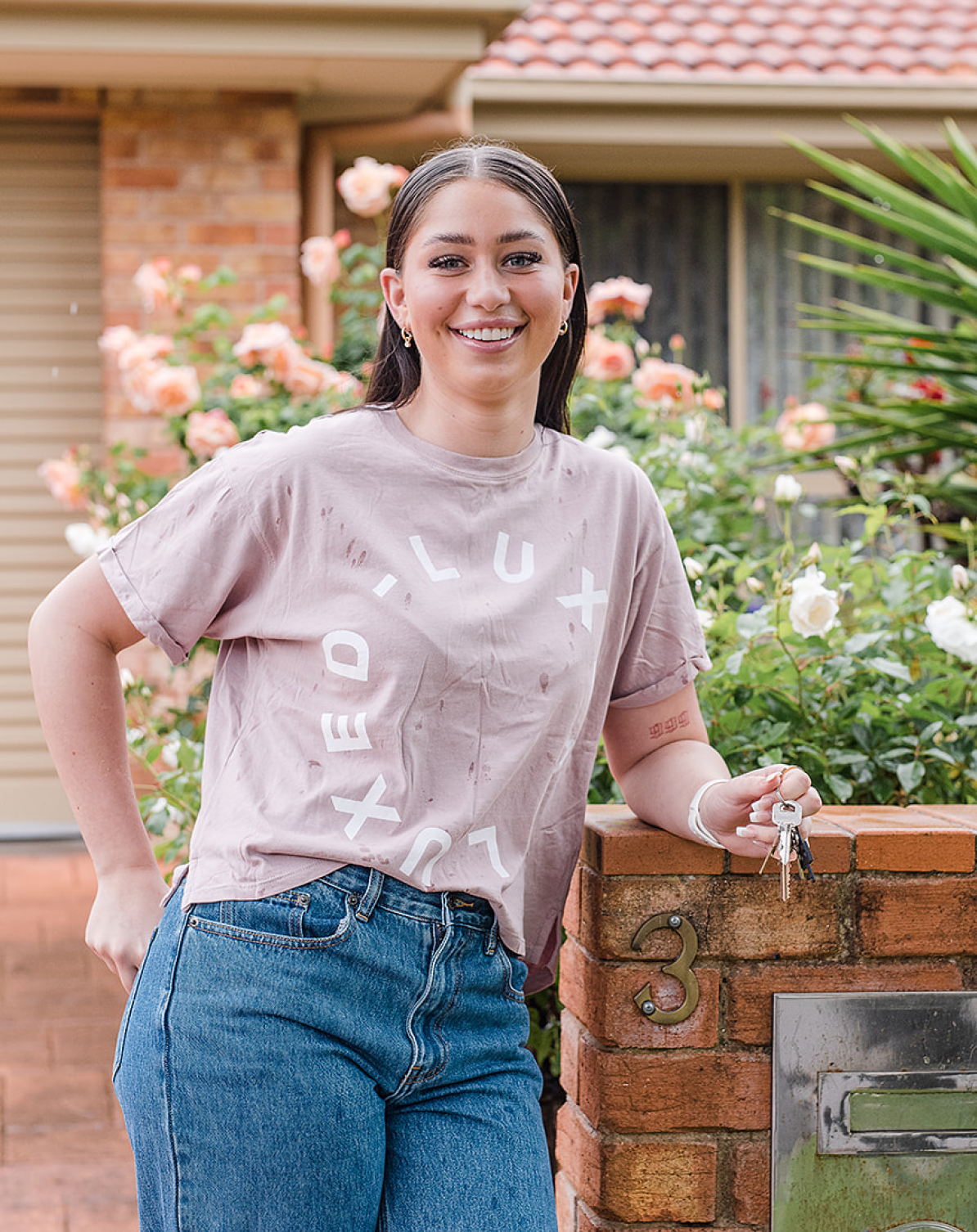2. Be clear what you want
If investing in property seems like the right move for you, the next step is to decide what your investment strategy will be. Do you want steady rental income or are you chasing big gains down the road?
Nailing down your strategy will help guide you in the right direction. It’ll have an impact on what kind of property you buy, how long you expect to hold onto it, and when you expect to see returns.
Broadly speaking, there are three distinct camps when it comes to property investment:
Do more with your money
6. Find the one & snap it up
With your pre-approval in hand, you’re ready to hit the streets. Remember, buying an investment property is very different from buying a home.
When you’re looking for somewhere to live, the process is much more personal and emotional. When you’re buying an investment, it’s all about the numbers. More than ever, you’ll need to do your homework. For example, choosing the right location is especially important with an investment property, as it has a big impact on the potential for capital growth and rental yield.
Think you’ve found the property for you? Fantastic! By now you’ll be in good shape to make an offer or head to that auction. With any luck you’ll have your investment locked down in no time!
liteBlue Variable Rate home loan
5.49% p.a.^
liteBlue variable rate owner occupied <60% LVR
5.50% p.a.^^
comparison rate
- Variable rate
- Fixed rate (1-5 years)
- $199 application fee
- No ongoing fees
- Free unlimited online redraw
- Additional repayments
- Top up available
- Split loan available
- Construction loan available
- 30 year maximum loan term
myBlue Fixed Rate home loan
5.09% p.a.^
myBlue 1 year fixed rate owner occupied <60% LVR
5.54% p.a.^^
comparison rate
- Variable rate
- Fixed rate (1-5 years)
- No application fee
- No ongoing fees
- Free unlimited online redraw
- Additional repayments
- Top up available
- Split loan available
- Construction loan available
- 30 year maximum loan term
- Up to eight 100% interest offset accounts
myBlue Variable Rate home loan
5.59% p.a.^
myBlue variable rate owner occupied <60% LVR
5.59% p.a.^^
comparison rate
- Variable rate
- Fixed rate (1-5 years)
- No application fee
- No ongoing fees
- Free unlimited online redraw
- Additional repayments
- Top up available
- Split loan available
- Construction loan available
- 30 year maximum loan term
- Up to eight 100% interest offset accounts
8. Settle up & manage your investment
When it comes to owning an investment property, it’s not just a matter of signing on the dotted line and calling it a day. There’s a lot of effort that goes into keeping everything running smoothly, especially when it comes to finding the right renters and keeping the property in tip-top shape.
It’s a good idea to think about landlord insurance to protect your property and/or rentable contents. And you’ll need to make sure there’s enough wiggle room in your budget to cover the ongoing expenses of property ownership.
If you’re short on time or live far away, you might want to consider hiring a property manager to take care of things for you. Just keep in mind that these services come with a price tag, usually a percentage of your weekly rental income (anywhere from 3-10% depending on your location).














